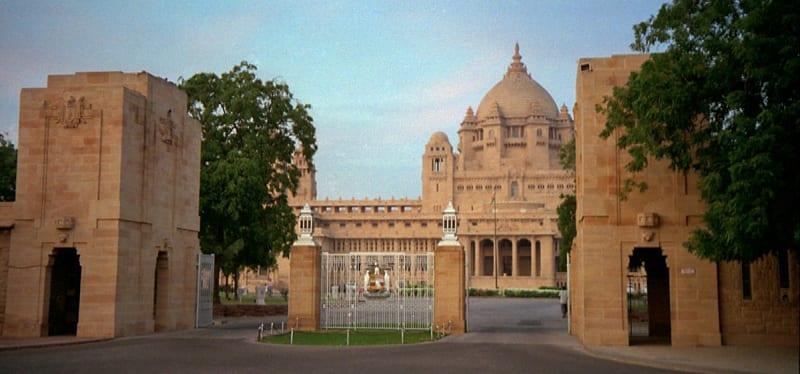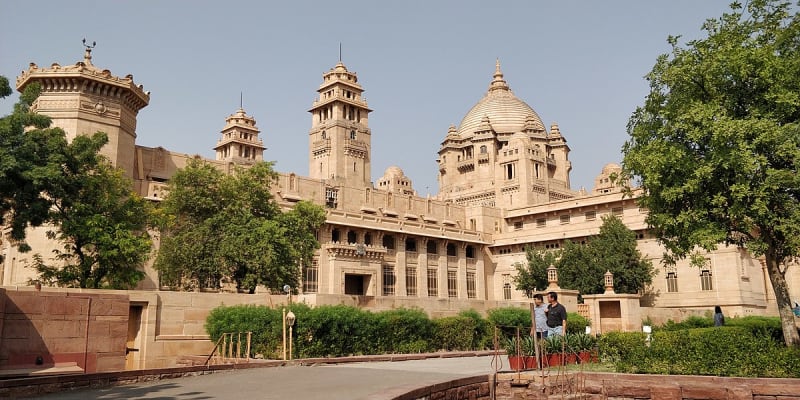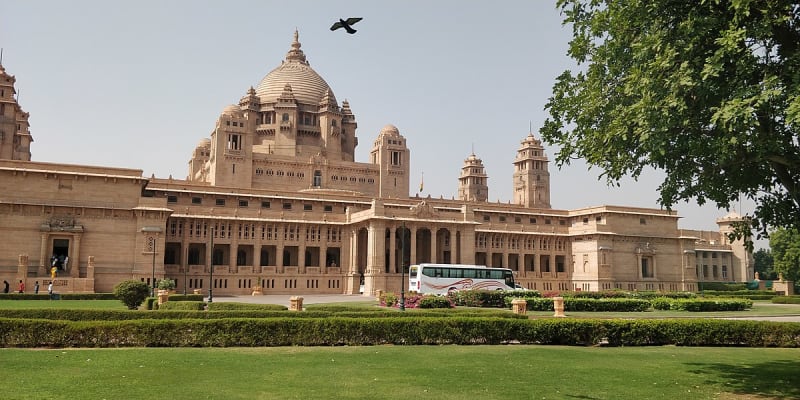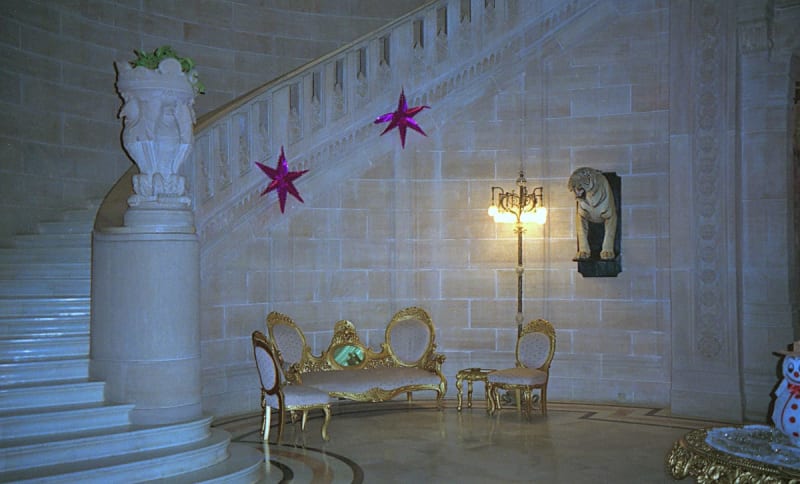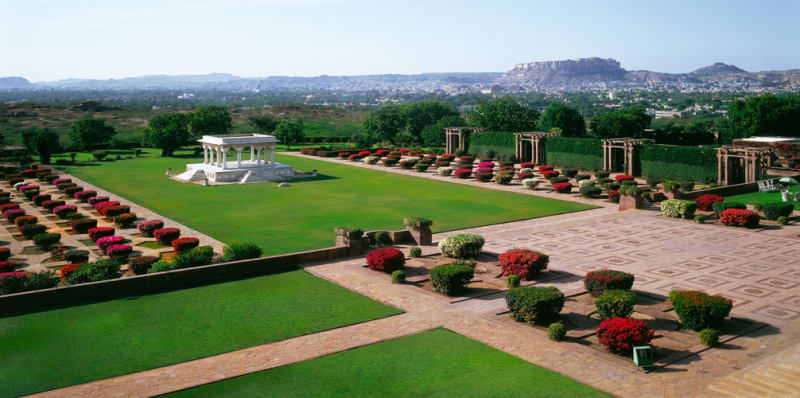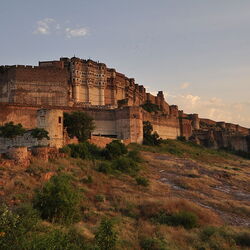Umaid Bhawan Palace
Umaid Bhavan Palace is a huge private residence, it is considered the largest in the world. The palace is named after Maharaja Umaid Singh. Currently, it still belongs to this genus. The current owner, Gaj Singh II, is Umaid's grandson. A luxury hotel, a private residence of the descendants of the royal family of Jodhpur and a small interesting museum are all located in the Umaid Bhawan Palace.
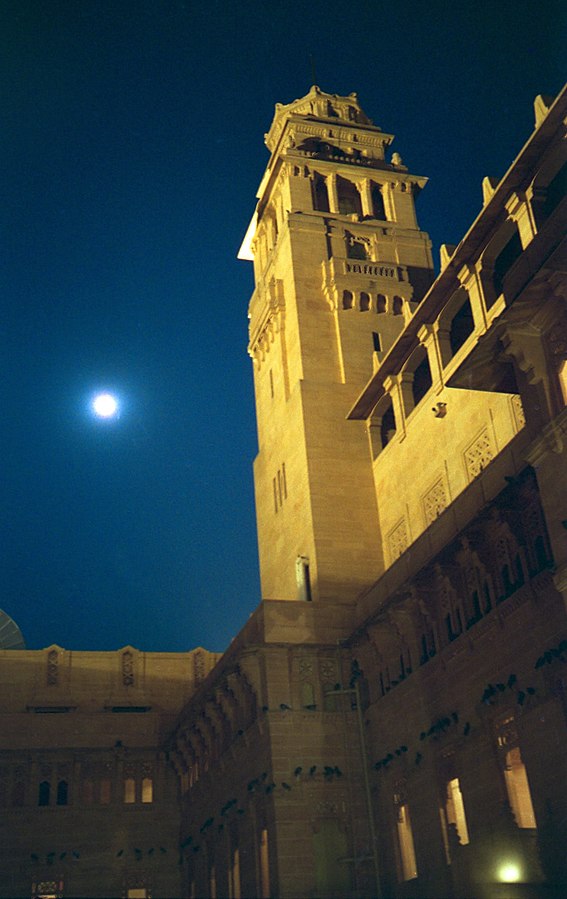
History
The young Maharaja Umaid, who was about 20 years old, turned to the famous British architect G. Lenchester. Singh decided to build a grandiose structure, but in harmony with European architectural trends. In the project, Lenchester combined architectural features that had become traditional in India and the Art Deco style, which was gaining popularity in Europe at that time. The new style is called Indo-deco.
In 1929, the construction of the Umaid Bhavan Palace began. More than 5,000 unemployed local residents were involved in the work. In the 20s of the last century, there was a severe drought for 3 years, and famine set in. The construction helped the population to survive. A railway line was specially built for the delivery of materials, which provided jobs for many residents and later played an important role in the development of the region's economy.
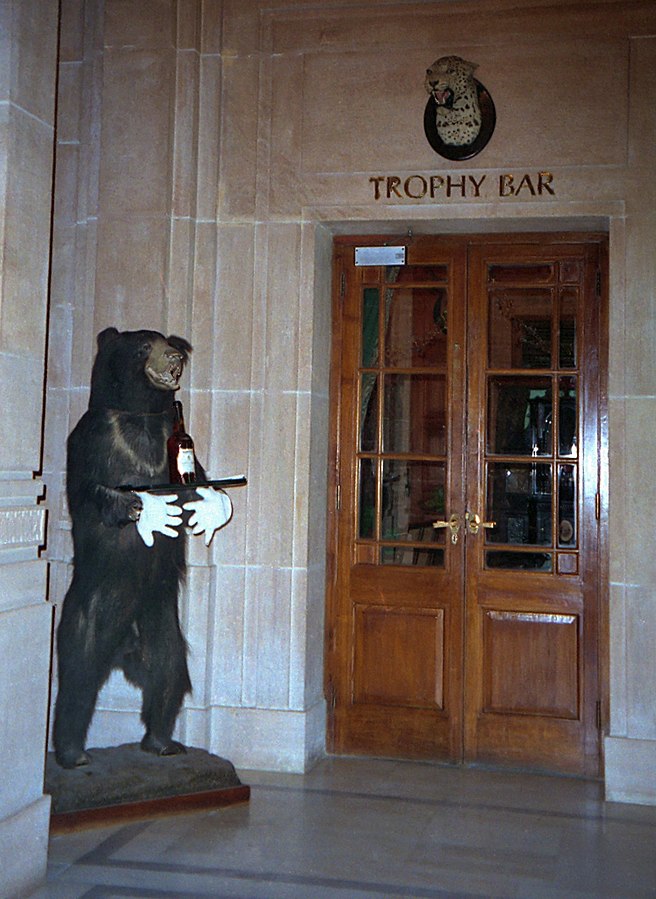
Umaid Bhavan Palace was built without the use of cement and concrete. The technology of laying walls "in the groove" was used, which was used by the builders of the ancient famous temple of Angkor Wat (1112-1152 years). The architect decided to design the palace so that the temperature inside was kept at a comfortable level of about 25 degrees. He succeeded.
The palace turned out to be huge. Its area is almost 1.5 hectares and more than 6 hectares are occupied by nearby flower beds, gardens, lawns and flowerbeds. The palace has 347 rooms, including a huge banquet hall with a ceiling height of 40 m.
Interior and style
The Art Deco style is different from Umaid Bhawan Palace:
- strict geometric shapes - rectangles, circles, zigzags, there is no smoothness in it.;
- bright saturated color solutions - without the use of semitones: black, gold, white, beige, chocolate, burgundy;
- luxury and gloss of materials - marble, granite, genuine leather, lacquered mahogany, glass, glossy black surfaces, brass.
Interior decoration was carried out by Polish master S. Norblin, maintaining the chosen style. The furniture for the royal residence was ordered in England by the famous company "Maples". But the Second World War was on. The ship with finished furniture and interior decoration elements was hit and sunk by soldiers of the Nazi army in 1942. It was decided to invite craftsmen from Europe, and make furniture right on the spot. The construction of the Umaid Bhavan Palace was completed in 1943.
After the war and during the years of I. Gandhi's rule, attitudes towards wealth and excessive luxury in India have changed dramatically. In 1972, Gaj Singh, Umaid's son, opened a hotel in the palace, leaving only one wing for private apartments. The largest central part with luxurious finishes has been transformed into a hotel.
The main attraction is the vaulted inner sky-blue dome. Above it is an external one, its height is 32 m. The dome is surrounded by towers on 4 sides. The palace entrance is decorated with the coat of arms of the royal family. The entrance floor is lined with black polished granite. One of the historical experts described the architecture of the palace as the best example of the Indo-Deco style.
Museum
The small museum at the palace has an exhibition of vintage cars. All exhibits are in excellent condition and on the move. There is a garage in the courtyard for cars.
Umaid Bhavan Palace has several halls, a large hall and a courtyard for the museum. The large hall has high beautifully painted ceilings. There are commemorative photographs everywhere, several stuffed leopards, and household items. There is no need to talk about excessive luxury - you can feel the influence of restrained elegant English style.
In one of the small halls there is a magnificent collection of watches of various sizes and shapes, from simple to elegant, decorated with gold and diamonds. There is a unique perpetual motion clock here, which is wound up by shifting balls from the bottom drawer to the top drawer.
The most luxurious interiors and furniture are located in the hotel. Only hotel guests can admire them. A few years ago, the palace was recognized as the best hotel in the world and was awarded a special award.

